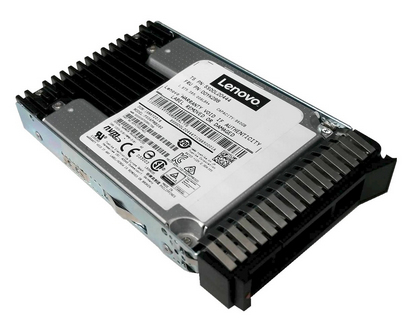Lenovo 7N47A00096 Lenovo PX04PMB 2.5"" 1.92 TB PCI Express 3.0 MLC NVMe
$3,213.64
Quantity :
PRODUCT DETAILS:

